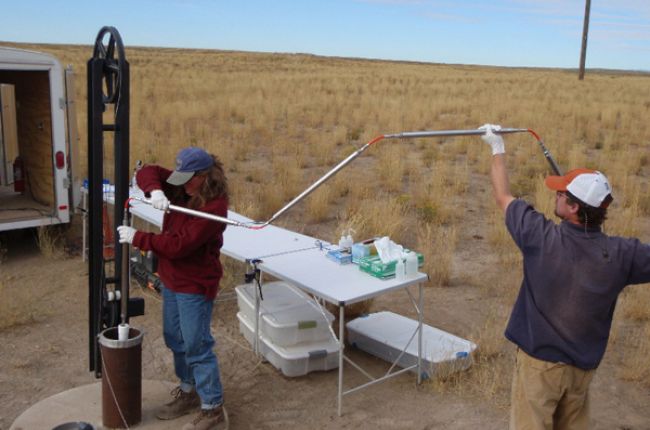
Most people in the United States get their water from municipal (city and town) water systems. Most people in rural areas, and some also in suburbs, get their water from their own wells, which tap shallow or deep groundwater. The water that is supplied from municipal water systems comes mainly from three sources: streams and rivers; natural lakes or artificial reservoirs; and ground water, pumped from large wells. Lakes and reservoirs that are located in unpopulated areas far from cities and towns usually have the highest-quality water. That is true also for streams and small rivers in unpopulated areas. Large rivers usually have lower-quality water, because of pollution from upstream areas. Ground water is contained in underground materials called aquifers. The quality of ground water varies a lot from place to place, depending on the quality of the surface water that supplies the aquifers.





